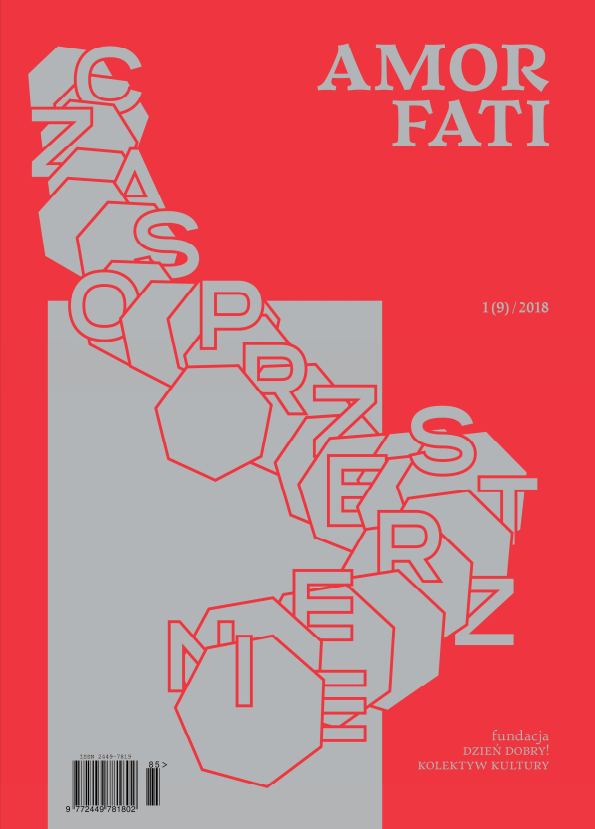Pojmowanie czasu i jego struktura w kulturach wielkiego stepu na przykładzie Mongołów w XIII wieku
Perception of time and it’s structure in cultures of Eurasian Steppe on the example of Mongols
Author(s): Adam LubockiSubject(s): Metaphysics, Social history, Cognitive linguistics, Cognitive Psychology, Neuropsychology, 13th to 14th Centuries
Published by: Fundacja „dzień dobry! kolektyw kultury”
Keywords: Mongols; 13th Century; nomadic tribes; chronology; perception of time; calendar;
Summary/Abstract: Article relates to the perception of time by the nomadic peoples of the Great Steppe on the example of the Mongols. The basis are sources originated in the 13th century, mainly descriptions of Europeans’ trips to the Far East. Chronological studies show, that Mongols had undoubtedly periodical conception of time. I consider, whether the time was important for nomadic tribes.
Journal: Amor Fati
- Issue Year: 9/2018
- Issue No: 1
- Page Range: 201-224
- Page Count: 24
- Language: Polish

